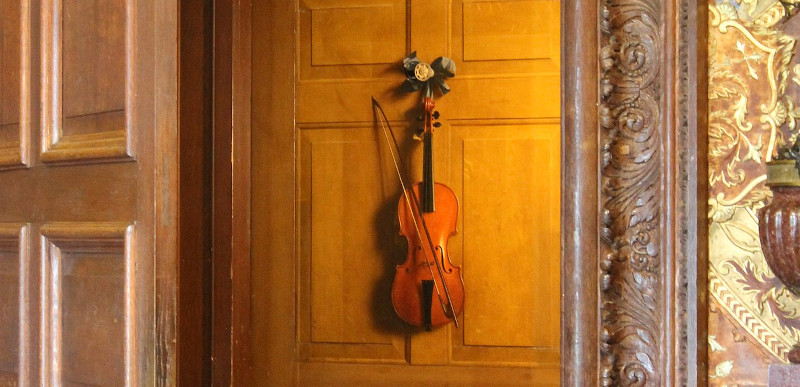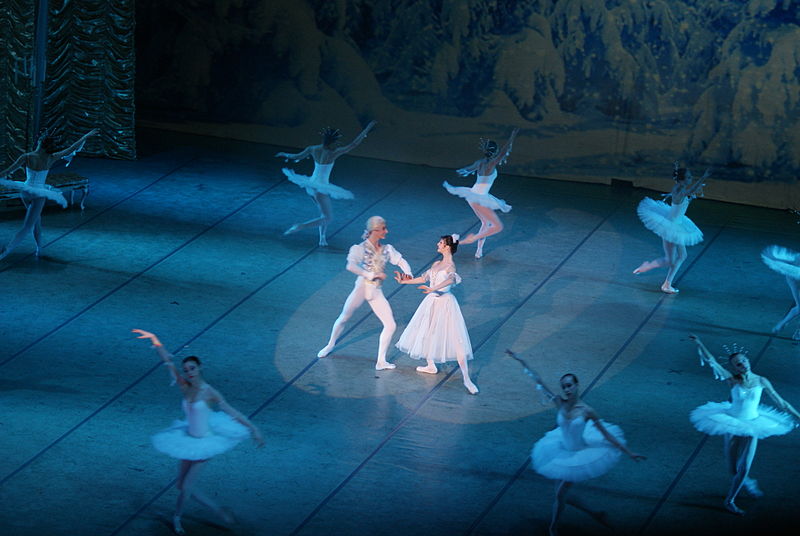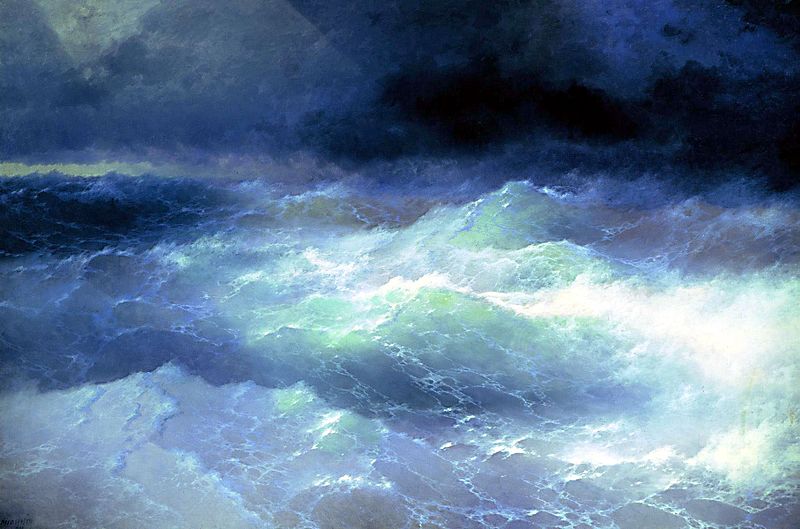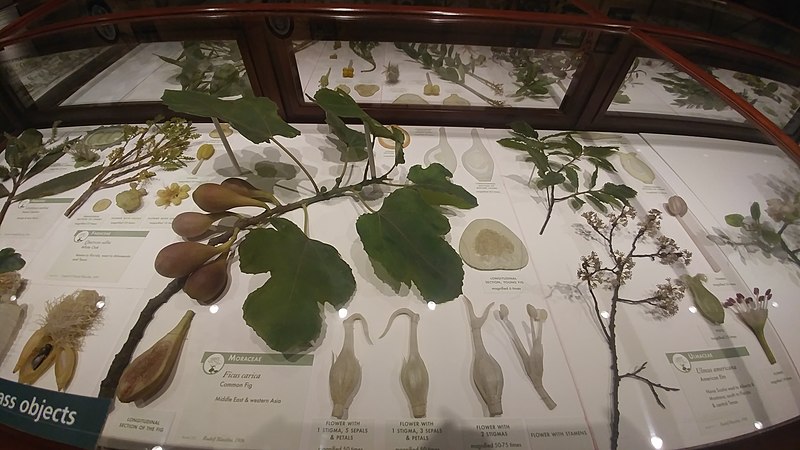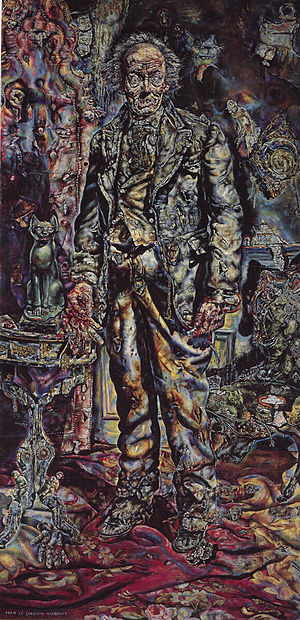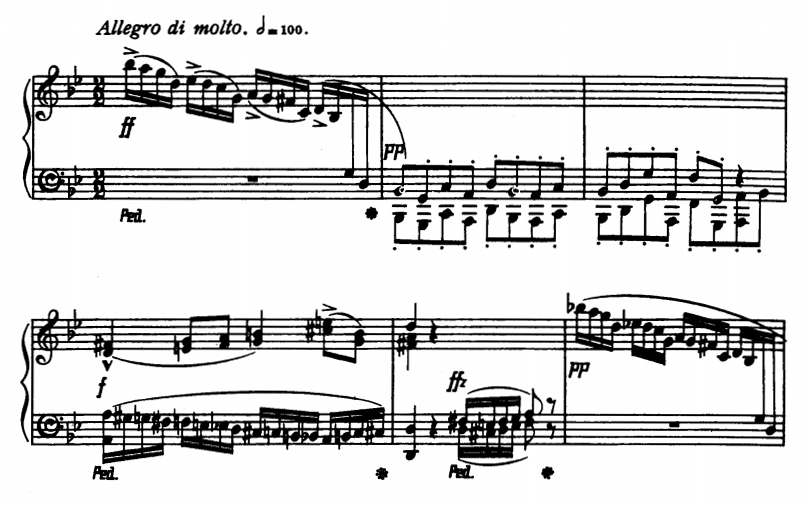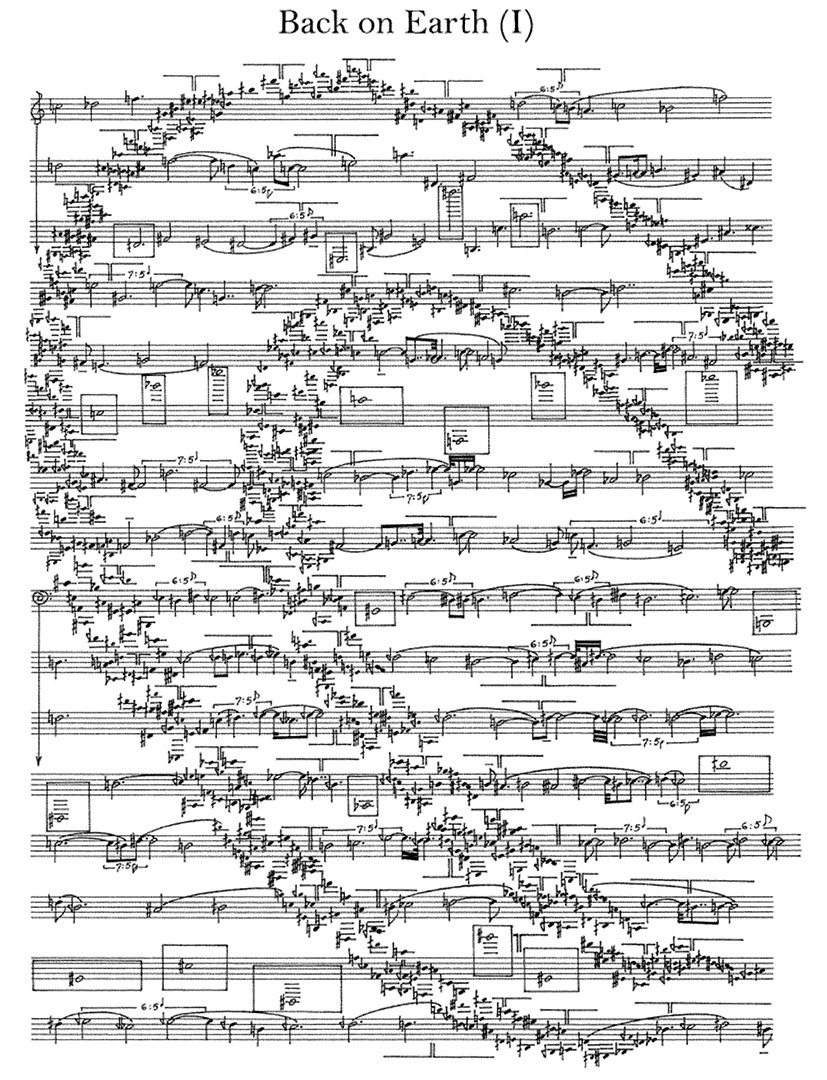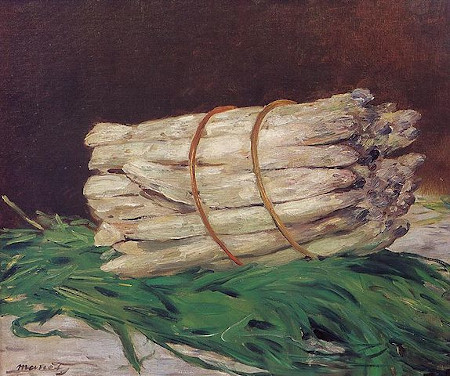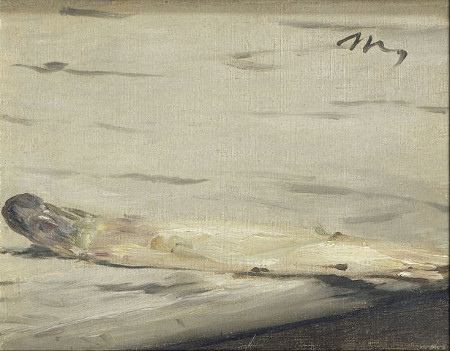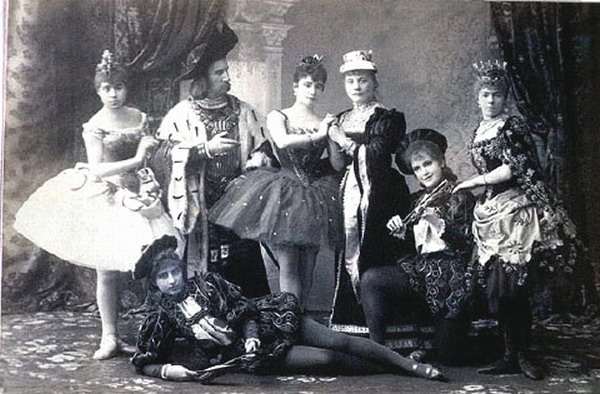
Here’s a lost art: The tableau vivant, or “living picture,” was a form of popular entertainment in which the actors took up poses but did not speak or move. (This one presents the original cast of Tchaikovsky’s ballet The Sleeping Beauty.)
In our era of ubiquitous video it’s hard to remember how important this was — it formed a sort of living bridge between painting and the stage, representing dramatic moments in three dimensions that could be studied and admired as part of the real world. Sometimes stories were told through a series of connected tableaux, a technique that would lead eventually to modern storyboards and comic strips.
The form also inspired a curious practice: Censorship laws in Britain and the United States forbade actresses to move onstage when they were unclothed, so exhibitors began to present nude women in tableaux vivants, imitating works of classical art. The presenters could claim that this was edifying, the audiences got their erotic entertainment, and the production was allowed to go on — so long as the women didn’t move.

